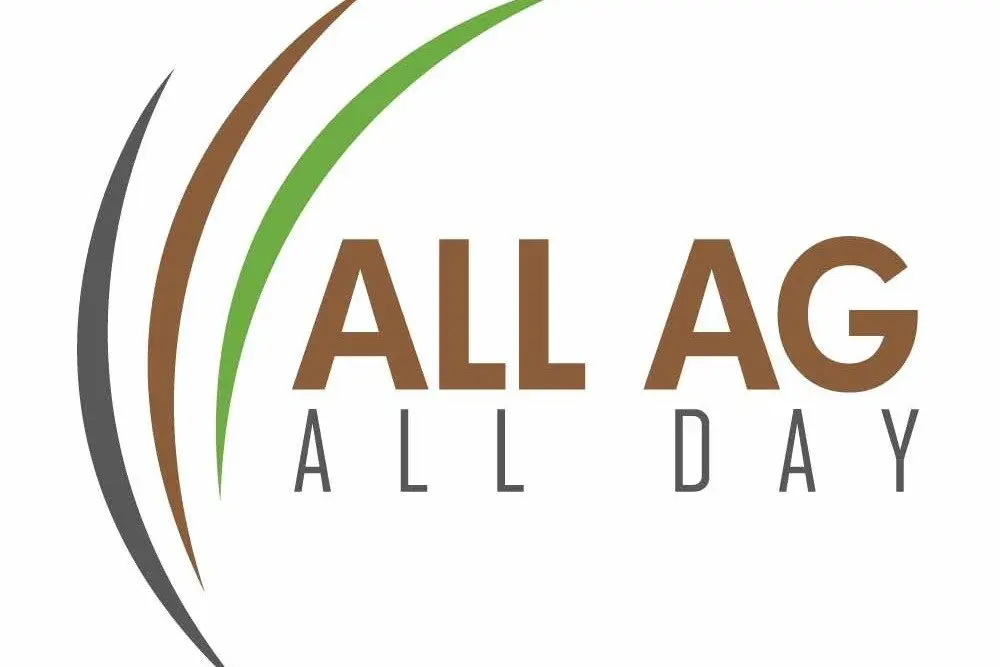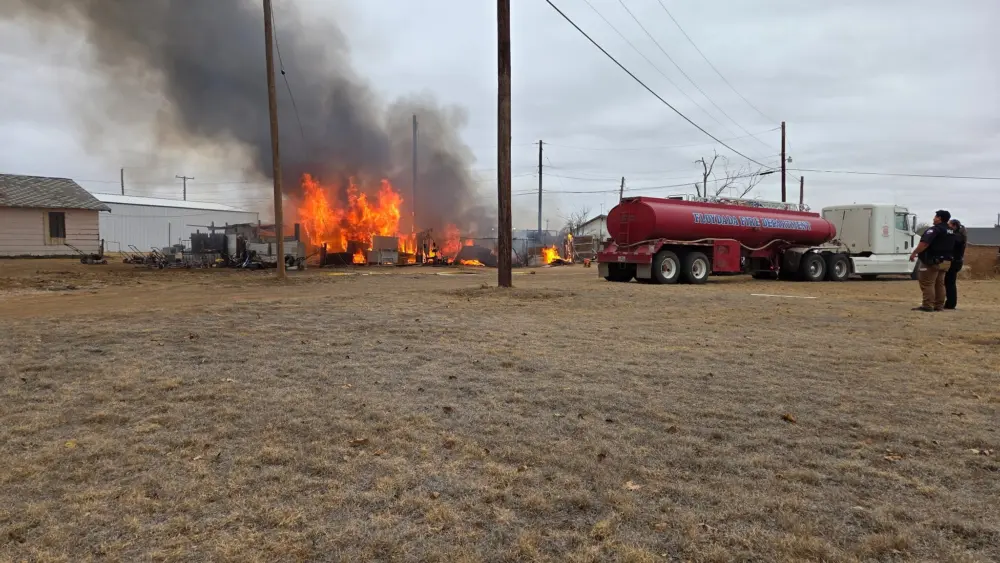
All Ag, All Day is the nation's only full-time farm radio station with studios in Floydada and Nashville, TN (www.AllAgNews.com)
Cotton Farmers Face Key Decisions On Coverage Options
LUBBOCK, TX – Cotton producers are urged to contact their local Farm Service Agency (FSA) office as the September 30 deadline approaches for program enrollment. Recent changes to the Stacked Income Protection Program (STAX), Agriculture Risk Coverage (ARC), and Price Loss Coverage (PLC) programs stem from the One Big Beautiful Bill signed into law on July 4, which updated reference prices for the 2025 crop year.
Usually, farmers choosing STAX were ineligible for ARC or PLC; however, the USDA acknowledges that many may have chosen PLC had they been aware of the updated reference prices. The agency is allowing late enrollment in PLC; however, acres switched out of STAX remain subject to a penalty equal to 60% of the premium, as acreage reports cannot be revised.
Producers enrolling seed cotton acres in PLC or ARC by September 30 will forfeit STAX payments. The USDA expects PLC payments for 2025 to be made next fall, while STAX payments will be announced in summer 2026. Once changes are made, growers cannot reverse their decision, even if STAX would have provided a larger payment.
Farm-Level Takeaway: Cotton farmers should weigh potential PLC payments against STAX coverage and act before the September 30 deadline. Local FSA offices can help navigate the options and implications.
**********
Rising H-2A Wage Rates Pressure Farm Labor Costs
NASHVILLE, TN – University of Georgia agricultural economist Cesar L. Escalante says rising Adverse Effect Wage Rates (AEWRs) are driving affordability concerns in the H-2A guest farmworker program. AEWRs are set annually using the USDA’s Farm Labor Survey and are meant to ensure foreign workers earn fair pay without depressing domestic wages. The 2025 national AEWR is $17.74 per hour, nearly 18 percent higher than 2022 levels and above the long-term average growth rate of 3.5 percent.
Beyond hourly wages, H-2A employers must cover housing, transportation, meals, and insurance, which Escalante notes adds about a 5 percent premium to labor costs. Critics argue the AEWR system often produces abrupt wage spikes and does not fully reflect local labor conditions. Even so, Escalante’s analysis suggests H-2A labor remains cost-competitive compared with domestic hiring, especially when fringe benefit offsets are included.
Separately, although distinct from the H-2A visa, the Trump administration is proposing a $100,000 fee per H-1 B visa. Escalante warns that rising costs and new visa fees highlight how changes in immigration policy could reshape the labor supply for American farms.
Farm-Level Takeaway: Farmers should anticipate continued upward pressure on farm labor costs and monitor policy changes that may further impact hiring decisions.
**********
Estate Tax Changes Ease Burden But Succession Looms
NASHVILLE, TN – One of the biggest threats to farm succession is the federal estate, or “death,” tax. Without recent changes, many family operations would have faced significant tax burdens when passing land and equipment to the next generation. The “One Big Beautiful Bill,” passed in July, permanently increased the unified credit to $15 million per individual, beginning in 2026, and indexed it to inflation. That compares with approximately $7 million under the prior law, a level that could have compelled many farm families to sell assets to pay their tax bills.
Rusty Rumley, senior staff attorney at the National Agricultural Law Center, says the higher credit and portability provisions for married couples mean most farms will avoid immediate estate tax exposure. Still, he warns that succession planning remains a larger concern. Sudden illness or death of a farm operator can leave successors unprepared, and a lack of planning can fracture families or force financial hardship.
Farm-Level Takeaway: Estate tax relief reduces pressure, but succession planning remains the critical challenge for farm families.
**********
Feedlot Placements And Marketings Drop As Supplies Tighten
LUBBOCK, TX – USDA’s latest Cattle on Feed report shows feedlot activity slowed sharply in August, signaling tighter supplies moving into fall. As of September 1, feedlots with 1,000 head or more reported 11.1 million cattle on feed, down 1.1 percent from last year. Placements fell to 1.78 million head, 9.9 percent lower than August 2024 and the lowest August total since 2015. Marketings dropped to 1.57 million head, down 13.6 percent year over year, the lowest for any August since records began in 1996.
Regional data highlights shifting dynamics. Texas, Nebraska, and Kansas typically account for about two-thirds of all cattle on feed. This year, Nebraska and Kansas both posted gains of 4.7 percent and 3.1 percent, respectively, while Texas placements fell 18 percent, leaving its total 9.1 percent below the previous year. Analysts note the closure of the southern border to Mexican feeder imports due to screwworm concerns has tightened Texas supplies, narrowing the gap with northern states.
Farm-Level Takeaway: Fewer placements and historically low marketings point to tighter cattle supplies ahead, with Nebraska and Kansas gaining ground as Texas feedlots face supply pressure.




